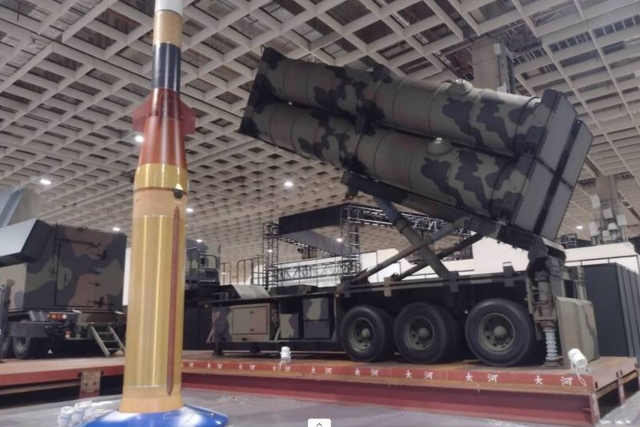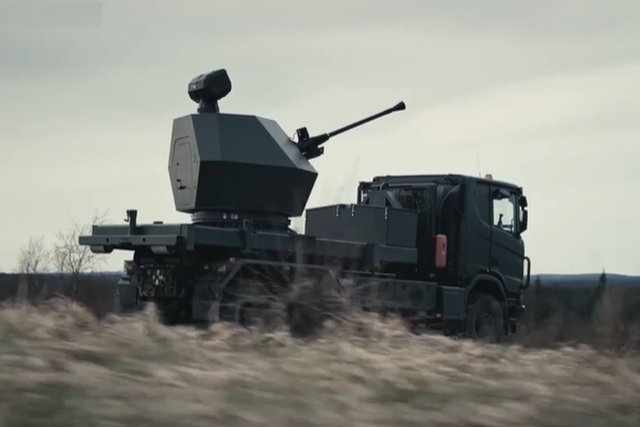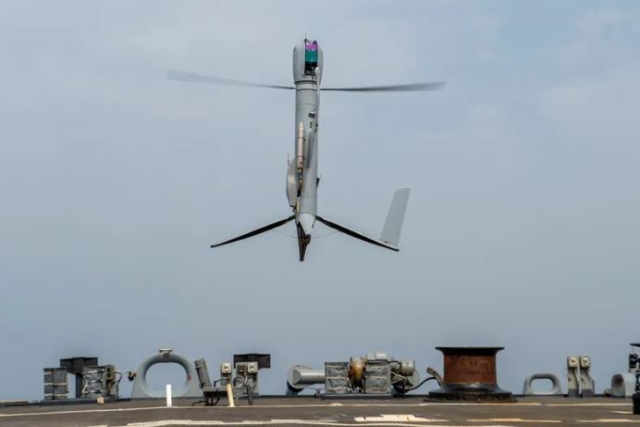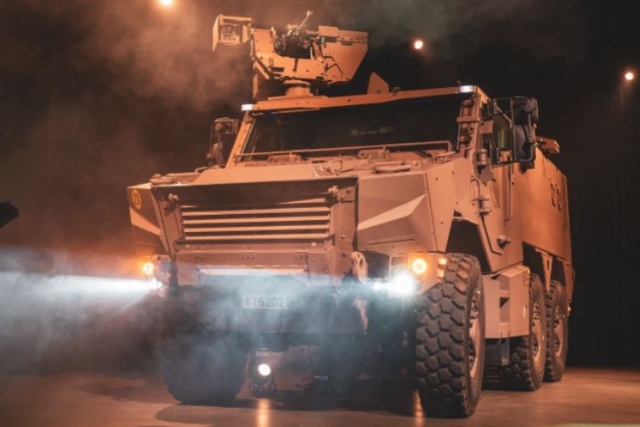Exelis To Continue Supporting F-16 With Continuous Wave Illuminator

Andy Dunn, vice president of business development, Exelis Electronic Systems
In an interview with Defenseworld.net, Andy Dunn, vice president of business development, Exelis Electronic Systems talk about the company's development of special-purpose radio frequency (RF) technology for fighter aircraft and other on-going contracts.
DW : Can you give us an overview of the special-purpose radio frequency (RF) technology for fighter aircraft developed by Exelis?
Andy Dunn: The Exelis Continuous Wave Illuminator (CWI) is an RF transmitter that provides guidance for semi-active missiles, which rely on external radar sources to identify and illuminate airborne targets. By incorporating the CWI subsystem onto the aircraft, where it can integrate with the F-16’s flight computer and fire control radar, accuracy is improved, helping ensure that the missile finds its intended target. The benefit of this type of radar system is that the transmitter broadcasts its signal continuously, preventing inaccuracy (known as Doppler shift) which may arise from the differences in motion and speed of the aircraft and the missile.
DW : Besides supporting the F-16, which other aircraft uses the Exelis Continuous Wave Illuminator (CWI)?
Andy Dunn: This system was designed specifically to support the Lockheed Martin F-16. It is not currently used on any other aircraft.
DW : What is the status of your contract with Lockheed Martin to provide carriage and release systems for the F-35?
Andy Dunn: Exelis has been a supplier of carriage and release technology for the F-35 Lightning II for a number of years. In August 2013, the company announced two low-rate initial production (LRIP) contracts with Lockheed Martin, valued at approx. $60 million, to supply additional systems and spares for all three variants of the F-35. Deliveries under the first contract, of parts for 36 aircraft, began in Q1 2014. Deliveries under the second contract are expected to begin in Q1 2015 with equipment for an additional 37 aircraft.
DW : Can you offer us some technological insight into electronic jamming sub-system that protects F-18s and recently ordered by the US Navy?
Andy Dunn: The ALQ-214 is the primary electronic protection subsystem in the Integrated Defensive Electronic Countermeasures (IDECM) suite. It is a next-generation integrated countermeasures system flying on carrier-based F/A-18s of the U.S. Navy, as well as with F/A-18s of the Royal Australian Air Force (RAAF). The ALQ-214 blends sensitive receivers and active countermeasures to form an electronic shield for aviators. The RF countermeasure system responds to threats autonomously with a specific series of measures designed to protect the aircraft from detection by hostile air defense systems and engages any fired threats to the aircraft, Exelis has supported the U.S. Navy’s IDECM program for more than 16 years. In April the company announced a contract valued at more than $91 million to begin full rate production on Lot 11 of the ALQ-214(V)4/5, the latest system variant, following the ALQ-214(V)3, the final production delivery of which was made to the Navy in mid-2013. The ALQ-214(V)4/5 represents the continued evolution of the technology. Through a series of enhancements, including miniaturization and improved electronics packaging and increased software programmability, the ALQ-214(V)4/5 can be installed on F/A-18E/F Super Hornets as well as – for the first time – on F/A-18C/D Hornets. This will help ensure that both aircraft and their crews are protected from modern, dynamic radio frequency threats.
DW : Exelis recently won a contract from the U.S. Army Contracting Command to provide radio appliqués capable of running the Army Soldier Radio Waveform (SRW). Can you tell us more about the contract and how the technology works?
Andy Dunn: The contract is an indefinite delivery, indefinite quantity (IDIQ) contract valued at $988 million. Four companies were selected to compete for the task orders on this contract with Exelis being one of the companies selected. The purpose of the SRW Applique is to provide a second channel radio solution to operate with SINCGARS (developed and manufactured by Exelis) equipped vehicles that will host the Soldier Radio Waveform (SRW). SRW is an Exelis developed waveform that operates in the UHF and L band frequency ranges. The waveform is designed specifically to move data on the modern battlefield. Our offering for this contract is the SideHat. SideHat is specifically designed for the vehicular environment on the battlefield and has undergone significant testing to ensure top performance in this environment. As the maker of SINCGARS, Exelis first initiated the idea of an SRW Applique and designed more than 400,000 radios with the ability to easily connect to SideHat.










